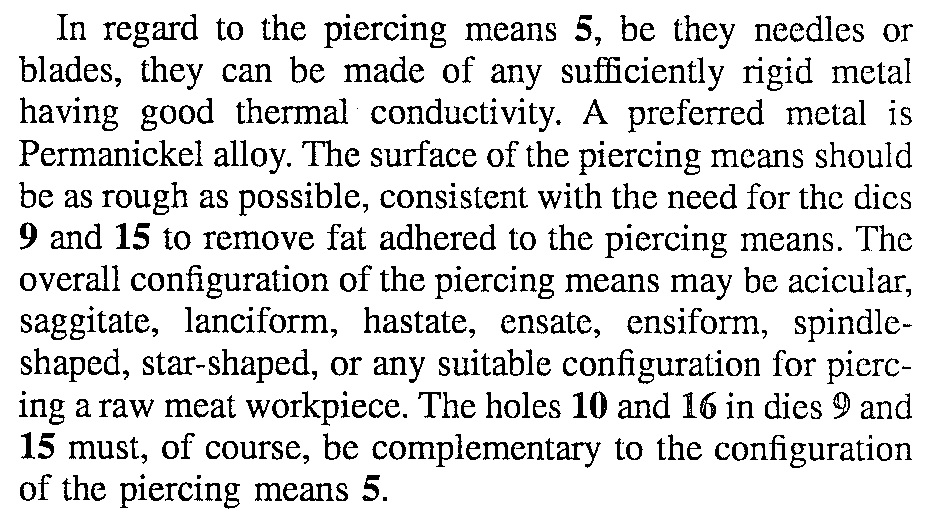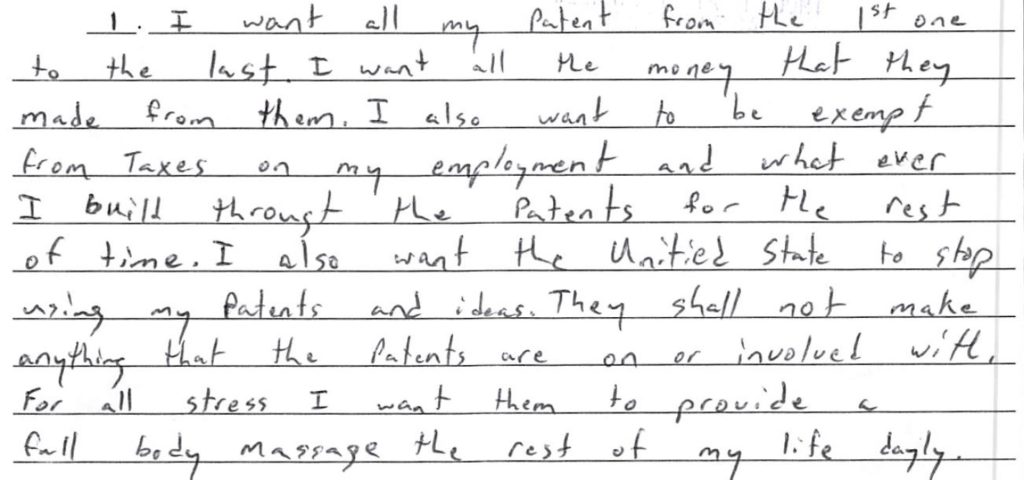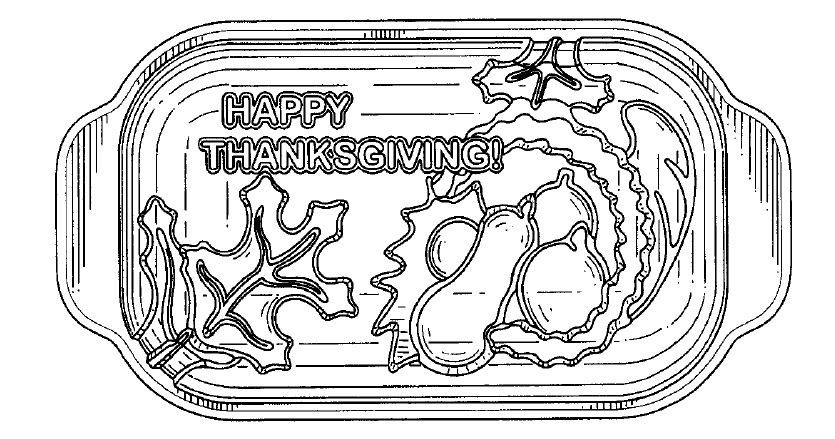Travel Sentry, Inc. v. Tropp, [2016-2386, 2016-2387, 2016-2714, 2017-1025] (December 19, 2017), the Federal Circuit vacated summary judgment of non-infringement, finding genuine disputes of material fact regarding whether Travel Sentry directs or controls the performance of certain steps of the claimed methods.
The case involved U.S. Patent Nos. 7,021,537 and 7,036,728 directed to
methods of improving airline luggage inspection through the use of dual-access locks. The infringement claim hinged on a Memorandum of Understanding (MOU) between Travel Sentry in the TSA. The district court found that this did not evidence sufficient control by Travel Sentry to constitute infringement.
The Federal Circuit noted that in Akamai V, it affirmed the principle that “[d]irect infringement under § 271(a) occurs where all steps of a claimed method are performed by or attributable to a single entity,” and held that an entity is responsible for others’ performance of method steps where
that entity directs or controls others’ performance or where the actors form a joint enterprise. The Federal Circuit further noted that liability under § 271(a) could be found when an alleged infringer ‘conditions participation in an activity or receipt of a benefit upon performance of a step or steps of a
patented method and establishes the manner or timing of that performance.
The Federal Circuit said that the district court reasoned that summary judgment was appropriately awarded to Travel Sentry and its licensees
because there was simply no evidence that Travel Sentry had any influence whatsoever on the third and fourth steps of the method carried out by the TSA, let alone that it masterminded the entire patented process. In so doing the district court incorrectly found that Akamai V did not expand the scope of direct infringement under § 271(a), and did “not disturb the BMC Res./Muniauction test.”
The Federal Circuit reiterated that under Akamai V, “liability under § 271(a) can also be found when an alleged infringer conditions participation in an activity or receipt of a benefit upon performance of a step or steps of a patented method and establishes the manner or timing of that performance,” and reiterated that whether a single actor directed or controlled the acts of one or more third parties is a question of fact.
The Federal Circuit pointed to its recent application of § 271(a) in Eli Lilly v. Teva Parenteral Medicines. Based upon the reasoning in Akamai V and Eli Lilly, the Federal Circuit said that a reasonable jury could conclude that TSA’s performance of the final two claim steps is attributable to Travel
Sentry such that Travel Sentry is liable for direct infringement under § 271(a). The Federal Circuit found that the district erred in three respects:
First, it misidentified the relevant “activity” at issue, broadly defining it as “the luggage screening mandated by Congress,” rather than more specifically as “screening luggage that TSA knows can be opened
with the passkeys provided by Travel Sentry.” Second, the district court misapprehended what types of “benefits” can satisfy Akamai V’s first prong, noting that the jury could find that the ability to open identifiable luggage using a master key, which would obviate the need to break open the lock, was a sufficient benefit. Third, the court mischaracterized what is required for one to “condition” a third party’s participation in an activity or receipt of a benefit on the third party’s performance of one or more claim steps.
Under the second Akamai prong, the Federal Circuit also found that, drawing all justifiable inferences in Tropp’s favor, a reasonable jury could find that Travel Sentry has established the manner or timing of TSA’s performance.





